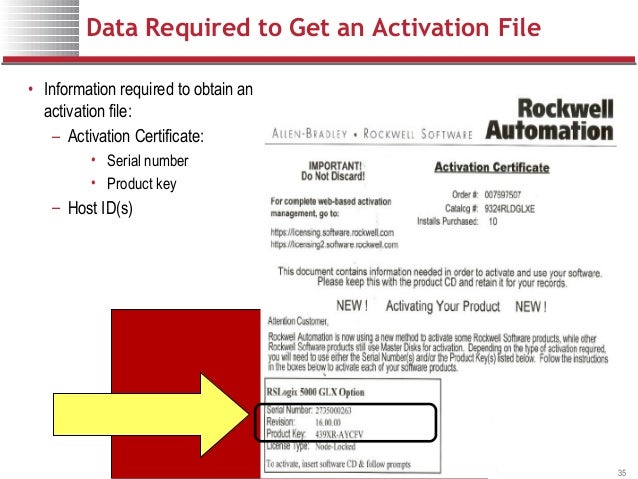Gaechnij Klyuch Chertezh Dxf

Faceting Factor Enter the required value to control the level of faceting that takes place. The faceting factor must be greater or equal to 0, where 0 results in the faceting factor being turned off. The default value is 1. To get twice the number of facets, double the value.
To get half as many facets, halve the value. Larger faceting factors result in more polygons to a model and larger Autodesk Navisworks files. Max Facet Deviation This setting controls the greatest distance between the edge of a facet and the actual geometry. If this distance is greater than the Max Facet Deviation value, Autodesk Navisworks adds more facets. If the Max Facet Deviation is set to 0, then this function is ignored. Split by Color Compound objects can be split into parts based on their color. Select this check box if you want to use this functionality.
For example, a window object from Architectural Desktop can be split into a frame and a pane. If this check box is clear, you can only select the window object as a whole, whereas if you select this check box, you can select the individual pane and frame. Note: DWG and DXF files do not specify the units they were created in. To adjust the units in Autodesk Navisworks, use the Units and Transform option.
Measures 30 cm x 13 cm x 9cm, material 3 mm. Measures 60 cm x 26 cm x 18cm, material 6 mm. Cut File - Vector SVG, DXF, AI, PDF. Chertezh podelki «Mersedes»1.
Merge 3D Faces Indicates whether the file reader interprets adjoining faces with the same color, layer, and parent as a single item in the Selection Tree. Clear this check box to keep the entities as separate items in the Selection Tree.

Line Processing Specifies how the file reader processes lines and polylines. Select one of the following options: • Merge Lines by Color.
This option merges any lines on the same layer or on the same proxy entity that match by color. Use this option when you want more efficient file processing and navigation. • As Provided. This option reads lines and polylines the same way as they are specified by the original DWG. • Separate All Lines.
This option splits line elements into separate nodes for each segment of the line. Use this option when you need to enhance clash detection analysis. By default, Clash Detective treats multi-segment entities as a single object, reporting one clash for each object pair. Ungrouping polyline objects means that each line segment can be clashed independently from other segments of the line. As a result, all potential clashes are reported, and not just the first one found.
For example: # The Disk Data Base #DDB ddb.toolsVersion = '8327' ddb.adapterType = 'lsilogic' ddb.geometry.sectors = '63' ddb.geometry.heads = '255' ddb.geometry.cylinders = '2610' ddb.uuid = '60 00 C2 9f e4 06 d9 4c-13 9a d8 50 77 bb 73 36' ddb.longContentID = '72d1cd8a4fb3119ca80f3870ee90c1b0' ddb.virtualHWVersion = '7' The MAC address can be edited under 'Advanced properties' of your network adapter. The UUID of the disk is in the.vmdk file. 
The Clash Detective feature is available for Autodesk Navisworks Manage users only. Note: In order for this function to work properly, you need to set the Model Performance Collapse on Convert drop-down to None, otherwise the polyline objects will be collapsed into a single geometry node. Convert Off Select this check box to convert layers that are switched off in DWG and DXF files. They are automatically marked as hidden in Autodesk Navisworks. When this check box is clear, the file reader ignores switched off layers. Convert Frozen Select this check box to convert layers that are frozen in DWG and DXF files. They are automatically marked as hidden in Autodesk Navisworks.
- вторник 30 октября
- 45